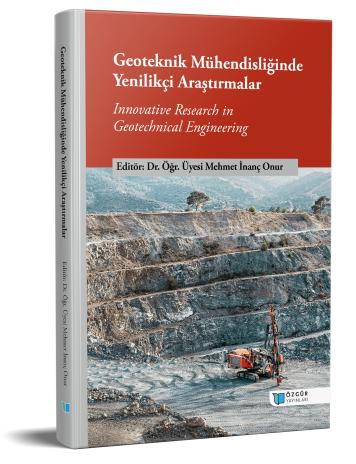
Microzonation and Microtremor Measurement
Chapter from the book:
Onur,
M.
İ.
(ed.)
2023.
Innovative Research in Geotechnical Engineering.
Synopsis
In settlements and systems exposed to natural and human-induced hazards, predictable or unpredictable casualties may occur depending on the vulnerability conditions. The amount of these losses is a directly effective variable in defining the event as a disaster. Within the scope of assessments of the suitability of a region for settlement, especially within the framework of disaster risk management studies, microzonation surveys are carried out. The division of the survey area into equal cells in order to collect geological data in a distribution representative of the survey area is referred to as gridding.
In geotechnical soil investigations, shallow soil properties are determined by drilling studies, while geophysical methods complementary to geotechnical investigations are used in risk analysis in basin structures where the depth of bedrock reaches 800-1000 m. Microtremor measurements are used to determine the subsoil dominant frequency, the bedrock depth geometry and the seismic velocity profile. As a result, it is possible to carry out risk assessments such as soil classification, focussing effect and frequency dependent structure-soil interaction, which will help to determine a complex effect such as earthquake ground motion. In this section, microtremor measurement method and its application areas within the scope of microzonation studies will be discussed.

